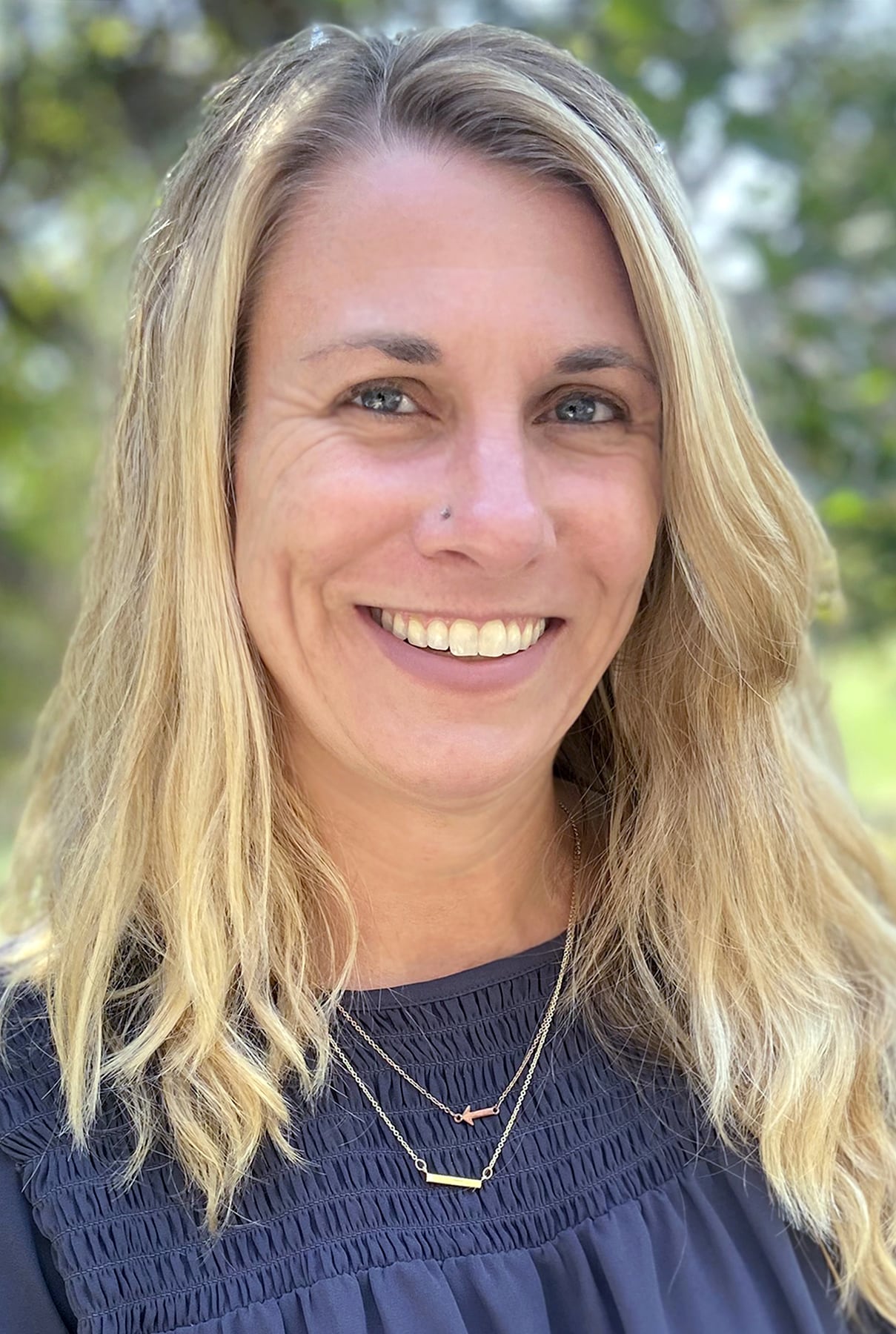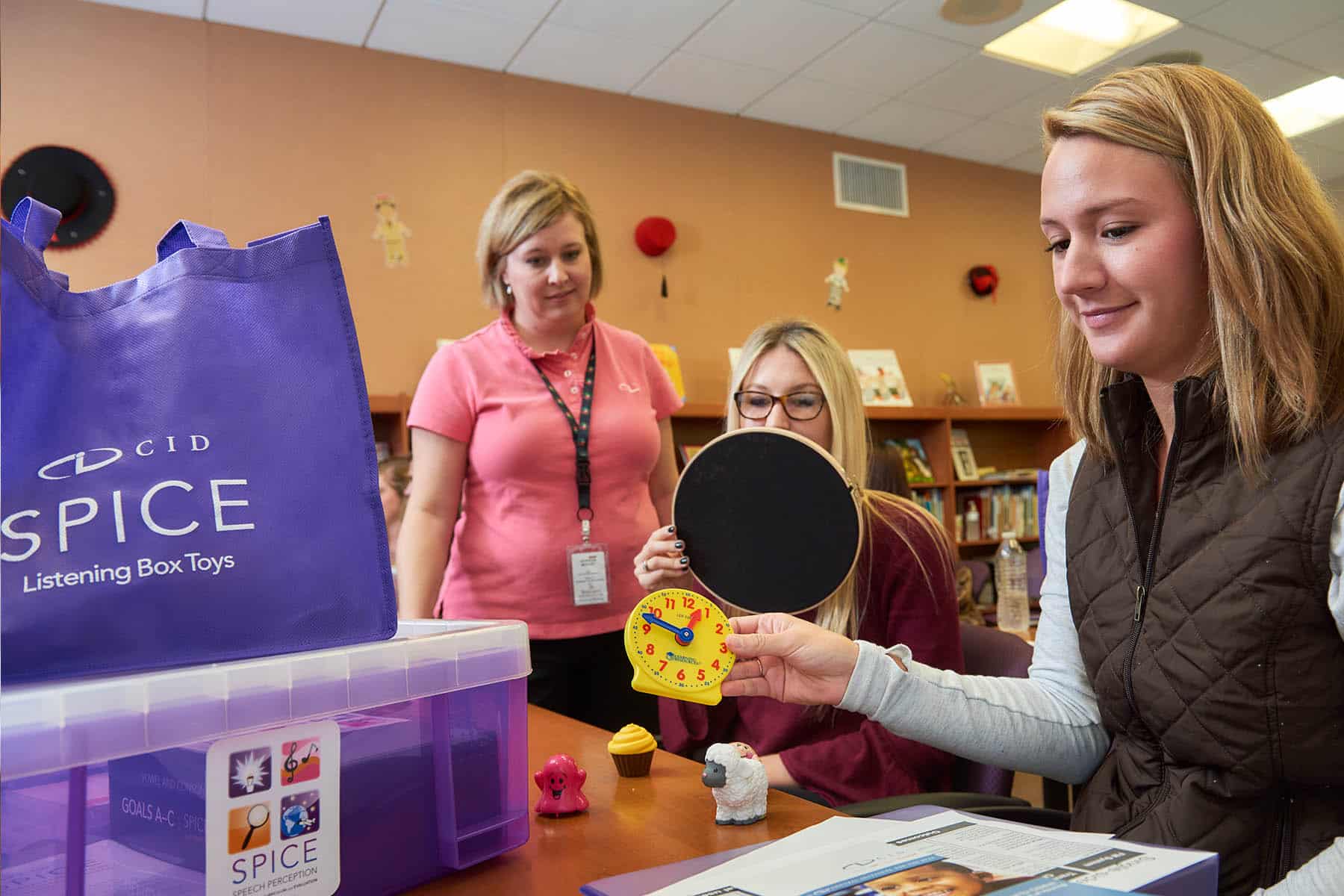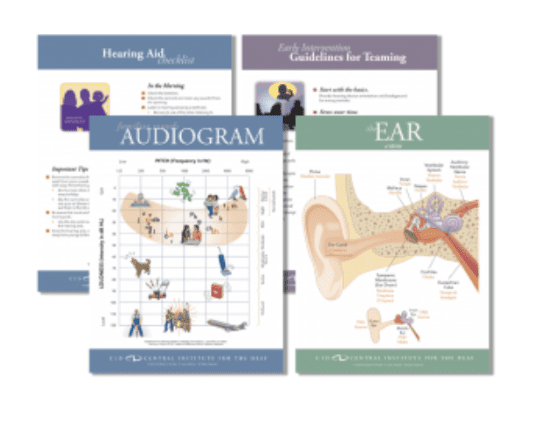The Speech Perception Instruction Curriculum and Evaluation (SPICE) is a widely-used auditory training curriculum developed at CID to support professionals in developing listening skills in children with hearing loss. The SPICE is a valuable tool for evaluating a student’s current auditory skill level, planning listening activities, charting growth and then reporting to parents and professionals.
Though the SPICE is user-friendly and contains a detailed user manual, there are, naturally, still questions that arise when professionals begin to, or get further into, using this curriculum. Below are answers to some of the most frequently asked questions regarding the SPICE.
- How many students can I have in a group for auditory training?
Ideally, auditory training sessions are conducted in a one-on-one setting (one professional: one student). We do, however, recognize that this is not always possible. In those instances when a student needs to be paired with another student(s) we suggest that the students are at similar auditory skill levels. We would also recommend that you not have more than 2-3 students in a group. What often occurs when group sizes increase is the amount of “down time” for students also increases (e.g., while each student takes a turn performing a task, the other student(s) is waiting and not engaging in a productive activity).
- Why would I perform auditory training tasks using only one device?
The SPICE Rating Form contains three columns: one marked with an “L” for left, one with an “R” for right and one with a “B” for both. Although best practice is to perform auditory training tasks using both of the student’s devices (if they are bilateral or binaural users), there are certain instances in which you want to assess listening skills with one device only. The most common instance of this is when a student has recently received a new device. Auditory training tasks should then be done at that ear alone in order to train the student’s brain to listen using the new device. You may also want to engage the student in ear-specific tasks if they are not yet good reporters of when a device is not working.
- I have been using the SPICE with one of my student’s for a while now. He can’t move past the (insert specific section). What should I do?
There are a variety of factors that should be considered when a student gets “stuck” on a section. Although we are not able to give an exact reason without knowing and working with the student, we can offer some considerations and suggestions…
- Is the task above his language-level?
The student may be able to hear the words that are being presented, but they are possibly unfamiliar to him. Be sure the words that you are presenting are known and familiar to the student. This will ensure that you are truly measuring auditory skills and not vocabulary skills.
- Are they engaged in the activity?
Some students may find the structured nature of the SPICE tasks tedious. Consider ways to make the activities more motivating to ensure that behavior is not impacting responses. Some ways to do this include: playing a game (e.g., Bingo) with the target words, providing frequent reinforcers (e.g., stickers, tokens, stamps) and using toys/items of interest for following directions.
- Does the student have auditory access to the sounds within the words/phrases/sentences being presented?
When a variety of other factors have been considered, it is likely that the student does not have the access to sound needed to perceive the presented stimuli. Talk with the student’s audiologist. If the student is unable to hear the sounds, this could indicate: a shift in hearing, a broken device, the need for re-programming or the need for a different device.
If you have other questions regarding the SPICE curriculum, or any of CID’s products, please contact us at: professionaldevelopment@cid.edu.
We would love to assist you!

Jessica Klein is a speech-language pathologist. In addition to working at CID, she has worked in a public school setting, serving elementary-age students. Ms. Klein has co-authored several workshops, presented at a variety of professional conferences and written an online course about developing literacy skills in students who are deaf and hard of hearing. Most recently, she co-authored the SPICE for Life Second Edition auditory training curriculum.












